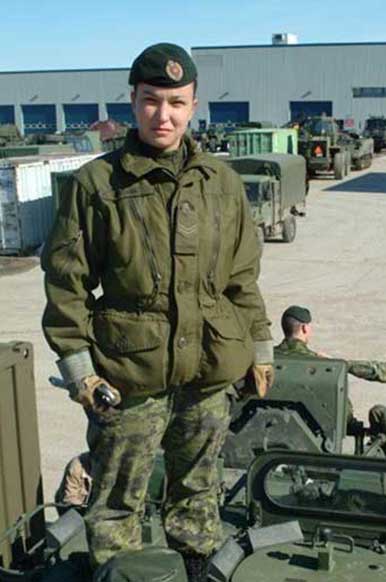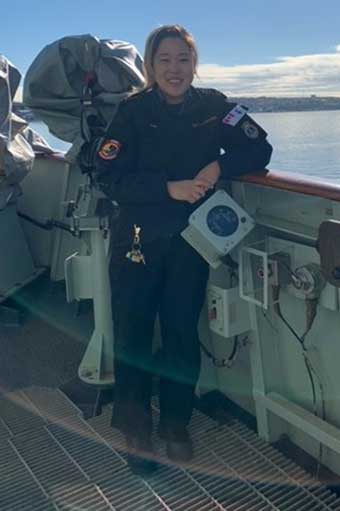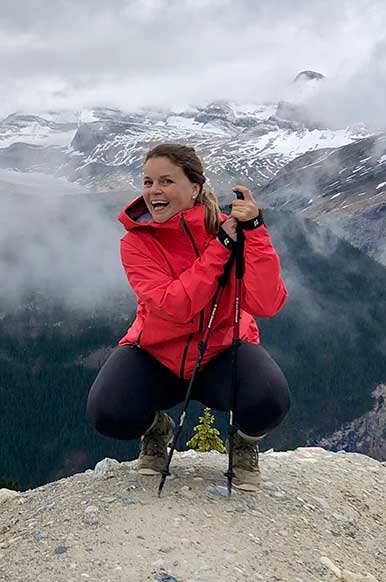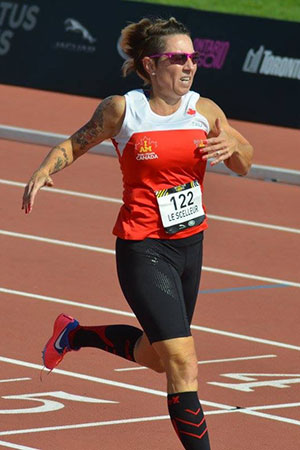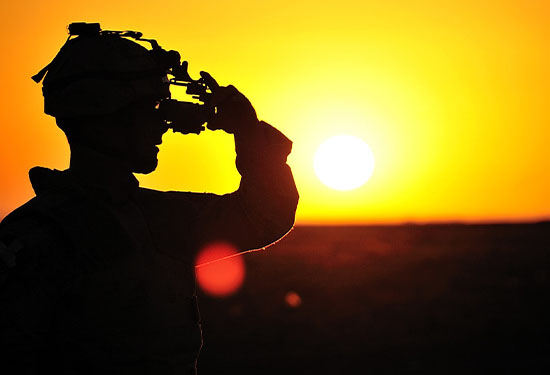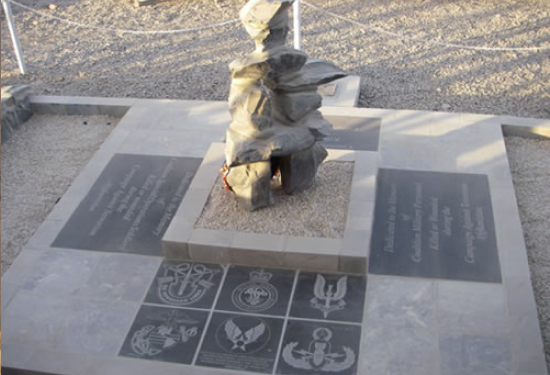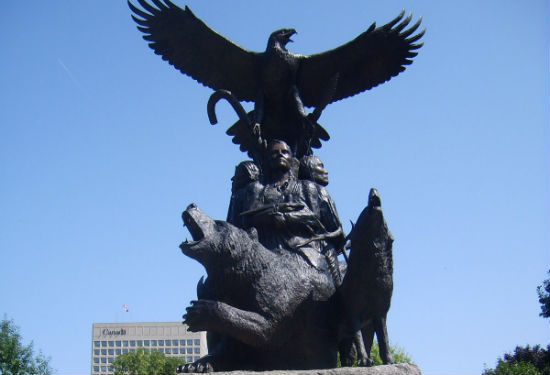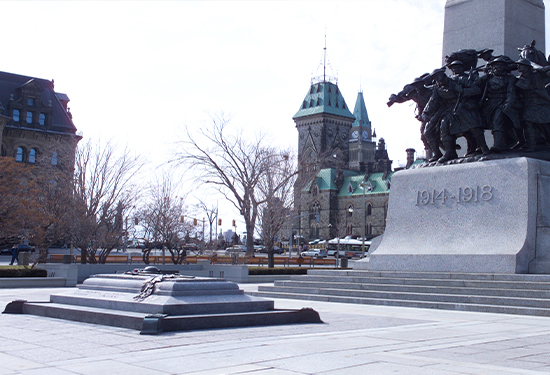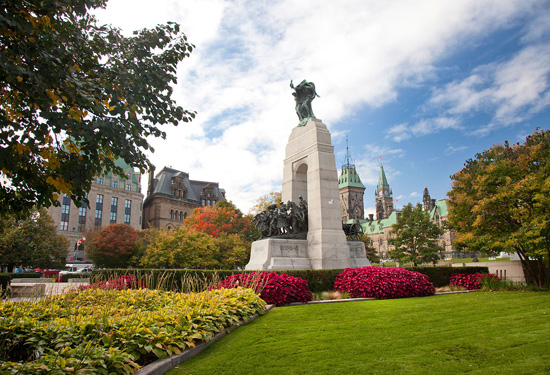
Afghanistan Stage 1
Canada joins the efforts
After terrorist attacks on the United States, Canadian Armed Forces joined international efforts to secure and rebuild Afghanistan.
October 2001 – mid 2005
Afghanistan
Table of contents

Canada in Afghanistan - Fallen Canadian Armed Forces Members
Search for family and friends who died in service.
Introduction
After the terrorist attacks, the United States formed an international coalition of support. Canada deployed warships, aircraft, special forces and combat troops to Afghanistan. The North Atlantic Treaty Organization later established the International Security Assistance Force. They set goals to help secure and rebuild Afghanistan. Canadian Armed Forces (CAF) members at times saw combat during this first phase of the conflict.

Heavily laden with their full kit, members of the 3rd Battalion, Princess Patrica's Canadian Light Infantry (3 PPCLI) Battle Group march to the Chinook helicopters waiting to transport them into the mountains near Gardez in eastern Afghanistan for Operation ANACONDA, the Canadian Army's first combat mission since the Korean War. The 3 PPCLI Battle Group is deployed in Afghanistan on Operation APOLLO, Canada's military contribution to the international campaign against terrorism. Photo: DND APD02 5000-141
Canada pledges support
In early October 2001, Canada pledged its full support to the international fight against terrorism and joined a United Nations coalition. Dozens of countries would join this coalition. The CAF launched Operation Apollo and would contribute land, air and sea forces.
Sending warships
Canada was one of the first coalition nations to send military support to the region. Already overseas, the Her Majesty’s Canadian Ship (HMCS) Halifax quickly headed to the Arabian Sea for counter‑terrorism duties. From 2001‑2003, the busiest phase of our navy’s involvement in the conflict, 15 Canadian warships served in the waters off Southwest Asia. This was our country’s largest naval commitment since the Second World War.

HMCS IROQUOIS (centre forward), HMCS REGINA (left) and HMNZS Te Mana ( A New Zealand warship positioned rear) sail in a diamond formation in the Arabian Gulf. Photo: DND HS034012d16
Patrolling the seas
Afghanistan has no borders on the sea but Taliban supplies and fighters often arrived in the region by ship. Canadian warships patrolled the Indian Ocean, Arabian Sea and Persian Gulf to search for terrorists. They also stopped vessels to intercept illegal cargoes and cut off activities that were funding the Taliban. Our sailors also offered logistical support and helped defend the other ships of the coalition fleet.
In the air
CAF aircraft would also serve in the region. Aurora patrol aircraft carried out surveillance duties in the waters off Southwest Asia. Hercules and Polaris planes also carried supplies and personnel, and evacuated casualties for treatment.

Canadian Forces personnel, completing their tour of duty, sit and await their departure aboard the CC-177 Globemaster III strategic transport aircraft at Kandahar Airfield, Afghanistan in February 2009. Photo: DND IS2009-0209
Troops on the ground
Canadian soldiers soon travelled to Afghanistan itself. The first were commandos from the elite Joint Task Force 2 in December 2001. Other Canadian soldiers followed in January 2002. They were first based in Kandahar Province and also took part in operations in Patkia Province. They joined American, British and other coalition troops already fighting to topple the Taliban regime, eliminate terrorist operations and establish the basis for lasting peace in the troubled country. It was dangerous duty, with the risks of enemy attack and friendly fire incidents being a harsh reality.
Leadership coalition
Canada also contributed senior CAF officers for important leadership roles. They served as military advisors for the international coalition. This group would work to restore peace in Afghanistan through disarmament, demobilization of enemy forces and reintegration. These officers helped organize democratic elections and sought ways to rebuild the war torn country. This coalition also tried to coordinate the many United Nations agencies, funds and support programs working in Afghanistan. They helped in the delivery of humanitarian aid to help the nation recover, as well.

Captain Michel Larocque, a Civil-Military Cooperation (CIMIC) Officer for the Provincial Reconstruction Team (PRT) in charge of projects in the Panjwayi District, speaks at a shura to Afghan elders from the area. To his left is Major Patrice Robichaud, Officer Commanding, Charlie Company, 3rd Battalion, Royal 22e Régiment (3 R22eR). The shura, is a meeting of elders in the district, who gather to discuss various issues within the community including topics such as security, growth and development. Photo: DND IS2007-0488
International Security Assistance Force
CAF and other coalition troops' forces were making headway in taking power from the Taliban. Greater attention then turned to the next chapter of the Afghanistan mission. In 2003, the United Nations authorized the North Atlantic Treaty Organization-led International Security Assistance Force (ISAF) to support the Afghan National Security Forces. Canada's participation in the ISAF was codenamed Operation Athena. Our troops began working to stabilize the country and help establish a new Afghan government. Canadian Lieutenant General Rick Hillier would soon command the newly established ISAF.
Canada's initial contribution to the ISAF consisted of more than 700 CAF members. They were stationed in Kabul in the summer of 2003. Two hundred more men and women in uniform provided support elsewhere in Southwest Asia. In Kabul, the Canadians patrolled the western sector of the city. They helped operate the airport and assisted in rebuilding the Afghan National Army.
The Taliban no longer had control of the Afghanistan government and much of the country. But their campaign of violence ramped up in other areas. By 2005, CAF members made plans to leave Kabul and move back to Kandahar Province. Conditions there would sadly prove to be much more dangerous.

- Date modified:






